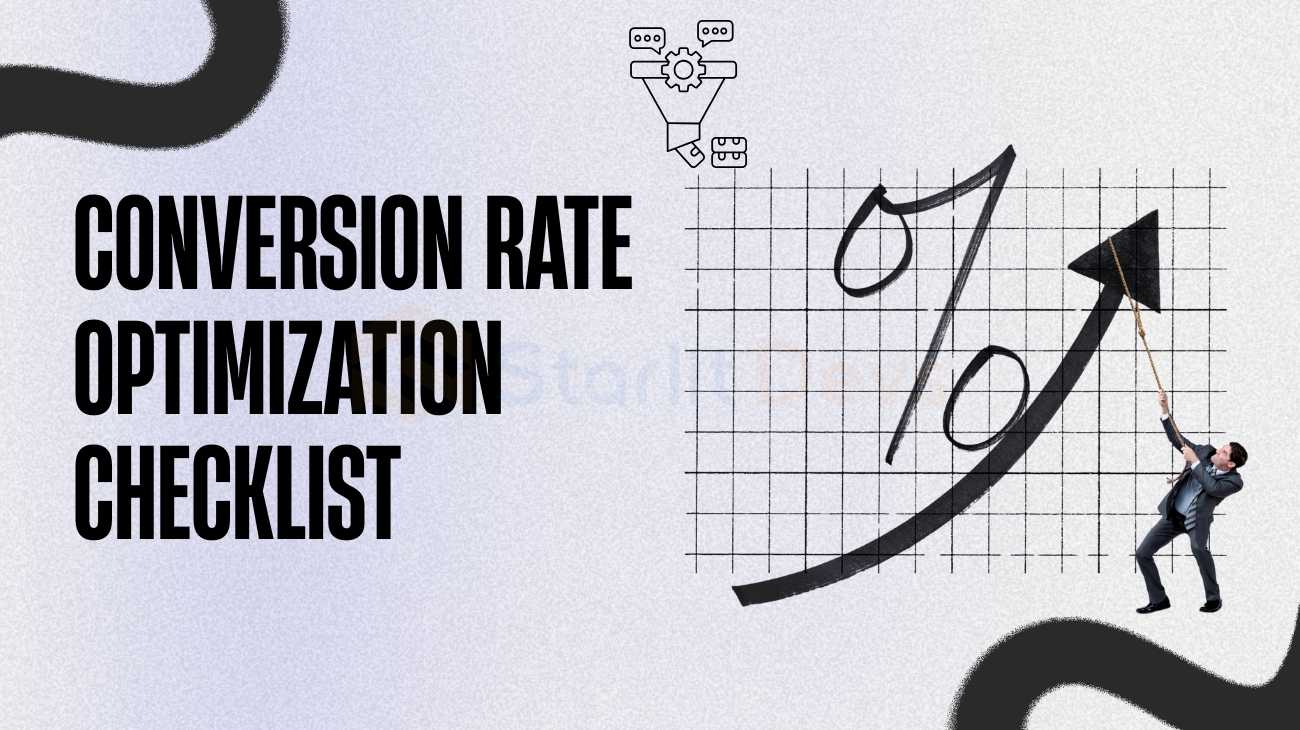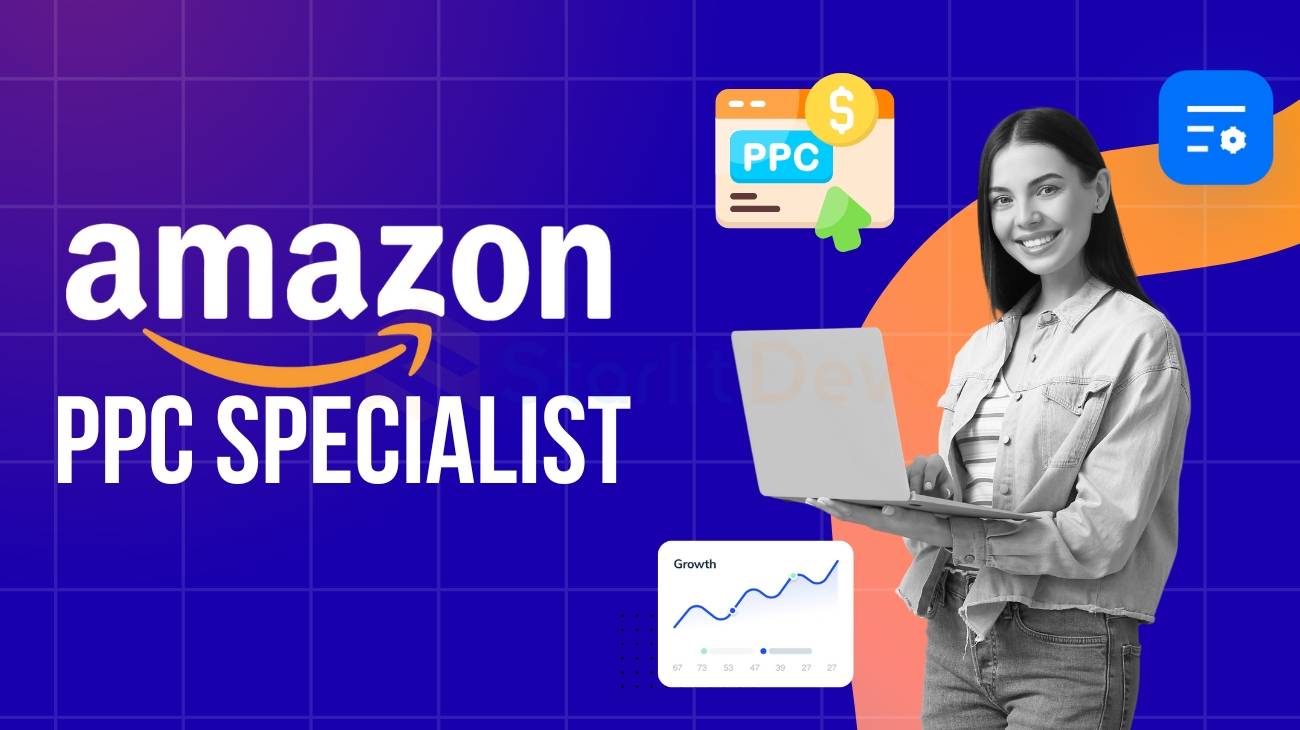Digital marketing for financial advisors is essential in today’s client-driven landscape. Most prospects now research advisors online before making contact — and if they can’t find or trust what they see, they move on.
This guide covers proven strategies to help you build a strong digital presence, from website optimization and SEO to social media, email marketing, and paid ads. Whether you’re just getting started or refining your current approach, you’ll find actionable steps to attract and convert high-quality clients.

Why Digital Marketing Matters for Financial Advisors?
The Shift in Client Behavior and Expectations
Today’s investors, especially Millennials and Gen Z, begin their financial journey with a Google search — not a referral. They prefer to research advisors online, compare services, and evaluate credibility before making contact. This shift demands that financial advisors have a visible, trustworthy, and professional digital presence. A polished website, a complete Google Business profile, and consistent content can make the difference between getting noticed or being overlooked.
Why Referrals Alone Aren’t Enough Anymore
While referrals are still valuable, they’re no longer enough to sustain steady growth. Even referred prospects tend to vet advisors online before reaching out. If your digital presence is limited — say, an outdated website or a dormant LinkedIn profile — the trust chain breaks. That’s where digital marketing for financial advisors becomes essential. It reinforces word-of-mouth efforts while extending your visibility to clients who haven’t heard your name before.
Trust-Building Through Consistent Online Presence
Trust is the cornerstone of financial advising. And online, trust starts with consistency. When prospects see your name across multiple touchpoints — blogs, videos, social posts — it builds familiarity. Sharing your expertise regularly shows that you’re engaged, knowledgeable, and ready to help. Over time, this consistency creates a sense of authority that makes potential clients more likely to reach out and engage your services.

Building a Strong Online Foundation
Digital marketing for financial advisors starts with a solid online foundation. Before launching ads or email campaigns, your website and core digital assets must reflect the professionalism and trustworthiness clients expect from someone managing their wealth. This foundation not only supports your credibility but also amplifies the effectiveness of all future marketing efforts.
Optimizing Your Advisor Website for Credibility & SEO
Your website is often the first impression prospects get — and it needs to feel as trustworthy as a handshake. A clean, modern design that loads quickly, includes clear navigation, and follows on-page SEO best practices (like optimized meta tags, service-based keywords, and fast page speed) will keep users engaged and boost visibility in search results. Make sure the homepage communicates who you serve, what you do, and why you’re different — right up front.
Essential Features: Mobile-Responsiveness, Compliance, and Clear CTAs
Most visitors will access your website from their phone or tablet. If your site isn’t mobile-friendly, you’re losing prospects before they even read your content. Additionally, advisors must ensure FINRA/SEC compliance, especially for testimonials, performance claims, and disclosures. And don’t forget the call-to-action — whether it’s “Schedule a Consultation” or “Download Our Retirement Checklist,” every page should encourage the next step.
The Power of a Personalized About Page and Team Bio
People invest in people. Your “About” page should tell your story — your mission, values, and credentials — in a way that feels human, not corporate. Include professional photos, certifications, and a short bio for each team member. This builds connection and trust, especially with first-time visitors who are evaluating whether you’re approachable and aligned with their values.

SEO for Financial Advisors: What Really Works
If you want your firm to be found online, digital marketing for financial advisors must include a smart, localized SEO strategy. Search Engine Optimization (SEO) helps ensure that when someone Googles “retirement planning advisor near me” or “wealth manager for doctors,” your site shows up — not just your competitors’.
For most independent advisors and boutique firms, your best leads are local. Optimizing your Google Business Profile, including your city and service area on key landing pages, and earning backlinks from local business directories can dramatically increase visibility. Don’t forget to collect Google reviews — they’re a powerful trust signal that also boosts rankings.
Smart Keyword Strategy for Financial Services
Your prospects are searching for answers — “how to reduce taxes before retirement,” “best college savings plan,” or “401(k) rollover help.” Use tools like Google Keyword Planner or Ubersuggest to identify what your audience is actively looking for. Then, create service pages or blog content around these specific terms. Focus on long-tail keywords, which tend to have lower competition and higher conversion intent.
Blogging to Educate and Convert
Blogging isn’t just about SEO — it’s about building authority and trust. Regularly publishing helpful, compliance-friendly articles positions you as an educator, not just a seller. For example, a blog post titled “3 Retirement Mistakes Physicians Should Avoid” not only attracts clicks, but speaks directly to your niche. And it gives you content to repurpose in email newsletters and social media posts.

Leveraging Social Media with Authority
It’s impossible to talk about digital marketing for financial advisors without addressing the role of social media. While it may not directly close deals, social platforms help you build trust, stay top-of-mind, and position yourself as a knowledgeable voice in a crowded market.
Choosing the Right Platforms for Your Practice
Not every platform fits every advisor. LinkedIn is ideal for B2B-focused advisors or those targeting professionals and executives. Facebook works well for local brand visibility and community engagement, especially for those targeting pre-retirees. Instagram may seem unconventional, but it’s useful for visual storytelling — think lifestyle imagery tied to financial goals. The key is not to be everywhere, but to be active where your ideal client spends their time.
Building Authority Through Consistency and Thought Leadership
Posting sporadically won’t move the needle. Instead, develop a content calendar and post regularly with content that educates, reassures, or inspires. Share industry updates, common misconceptions, or brief financial tips. When you consistently show up with value — not sales pitches — you earn credibility over time. Even a simple weekly “Money Tip Monday” series can position you as the go-to voice for financial insight.
Staying Compliant While Staying Visible
One concern many advisors have is running afoul of FINRA or SEC regulations. And rightly so. But staying compliant doesn’t mean staying silent. Avoid specific investment advice or performance promises, and always run content through your firm’s compliance process. You can still discuss financial principles, share general strategies, and comment on market trends in a way that’s informative without crossing regulatory lines.

Digital marketing for financial advisors is incomplete without a strong email marketing strategy. While social media is great for visibility, email allows you to build deeper relationships, deliver timely value, and move prospects closer to booking a consultation — all in their inbox.
Automated Sequences for Consistent Follow-Up
People rarely hire a financial advisor after the first interaction. That’s why automation matters. Set up a welcome email series for new leads — introduce your services, share helpful blog posts, and outline how your process works. Over time, add event-triggered emails (e.g., birthdays, market updates, year-end planning reminders) to stay top-of-mind without manual effort.
Newsletters vs. Targeted Drip Campaigns
A monthly newsletter can educate and engage a broad audience, but don’t stop there. Create niche-specific drip campaigns for different client segments — retirees, business owners, young professionals. Tailor your content to address their pain points and financial goals. This personalization increases engagement and improves conversion rates over time.
Lead Magnets That Actually Convert
To build your list, you need more than a “subscribe to our newsletter” box. Offer high-value lead magnets such as:
- “Pre-Retirement Checklist: 10 Things to Do Before You Turn 60”
- “Tax Strategies for High-Income Earners”
- “Small Business Owners’ Guide to Succession Planning”
These resources position you as a helpful expert and give prospects a reason to trade their email for real value. Just make sure your opt-in forms are simple, clear, and present on your website, blog, and social media.

Paid Ads and Retargeting: Worth the Investment?
When done strategically, digital marketing for financial advisors can benefit significantly from paid advertising and retargeting. These tools help you attract high-intent leads faster, especially when organic growth is slow or inconsistent.
Google Ads vs. LinkedIn Ads: Where Should You Spend?
Google Ads are great for capturing demand — people actively searching for terms like “financial advisor near me” or “estate planning for physicians.” These are high-converting clicks, but competition can be costly. LinkedIn Ads, on the other hand, allow you to target professionals by job title, industry, or company size. This works well for niche-focused advisors, such as those serving executives or business owners.
The right platform depends on your audience and budget. If you’re new to paid ads, start small and track every metric.
Retargeting: Stay Visible After the First Click
Most visitors won’t take action the first time they land on your site. Retargeting allows you to re-engage these warm leads with tailored ads on platforms like Google Display Network, Facebook, or LinkedIn. You can show them testimonials, drive them to your lead magnet, or invite them to schedule a call. Since these users are already familiar with your brand, retargeting ads typically convert at a higher rate — and cost less.
Compliance Considerations for Financial Advertising
Running paid campaigns in the financial industry comes with its own set of rules. Avoid promising results, referencing past performance, or using client testimonials without approval. Always have your ad creatives reviewed by compliance before launching. Consider using disclaimers and keeping a log of your ad history for auditing purposes.
Tracking ROI and Fine-Tuning Your Strategy
To get the most out of digital marketing for financial advisors, you need to measure what’s working — and what’s not. Guesswork wastes budget. Data-driven decisions help you scale what converts and cut what doesn’t.
Know Your Key Metrics
Start by tracking basic performance indicators:
- CPL (Cost per Lead): How much you’re spending to acquire each contact.
- CTR (Click-Through Rate): The percentage of users who engage with your ads or emails.
- Conversion Rate: How many website visitors book a call or download a lead magnet.
- Client Lifetime Value (CLTV): The long-term revenue generated by one client.
These metrics will help you assess whether your strategy is leading to real business results — not just likes or traffic.
Use Analytics Tools to Refine Your Tactics
Google Analytics and Google Tag Manager should be set up from day one. These tools allow you to see where your traffic is coming from, what pages perform best, and where users drop off. For social and email campaigns, platforms like Meta Ads Manager and Mailchimp offer built-in performance tracking. Always A/B test subject lines, landing pages, and CTAs to improve performance over time.
When to Outsource or Seek Expert Help
If you’re spending hours trying to understand bounce rates and funnel drop-offs, it might be time to get support. Whether it’s hiring a freelance specialist or partnering with a digital marketing agency that understands financial services, expert help can often save money in the long run by improving results faster and avoiding compliance missteps. For any outsourcing help, you can contact our sales team.

Common Mistakes Financial Advisors Make in Digital Marketing
Digital marketing for financial advisors is filled with opportunity — but also pitfalls. Avoiding these common mistakes can save time, money, and reputation damage down the line.
Being Too Generic or Sales-Focused
Your audience isn’t looking for a sales pitch — they want clarity and value. Many advisors fall into the trap of using generic slogans like “Helping You Secure Your Future” without explaining how they’re different. Instead, tailor your message to specific pain points and audiences, whether it’s business owners nearing retirement or young professionals with student debt.
Neglecting Compliance in Content
One of the most dangerous missteps is publishing content that violates FINRA or SEC rules. From using unapproved testimonials to making performance-related claims, a single oversight can lead to penalties. Always have content reviewed by compliance, and understand what topics require extra care — especially when discussing investments or returns.
Inconsistent Branding and Online Presence
Your website, social profiles, emails, and even calendar links should present a cohesive and professional image. Too often, advisors have outdated headshots, broken links, or inactive social accounts. This inconsistency can make prospects question your professionalism. Maintain your profiles regularly, and ensure everything aligns with your current brand and messaging.
Ignoring Mobile Optimization
With more than half of web traffic coming from mobile devices, a non-responsive site is a non-starter. If your site loads slowly, has small text, or is hard to navigate on a phone, users will leave — fast. Regularly test your website on different devices and browsers to ensure a smooth experience.

Final Thoughts: Getting Started With a Scalable Plan
Starting small is the smartest way to approach digital marketing for financial advisors — especially if you’re new to it. Trying to master every platform and strategy at once leads to burnout and diluted results. Instead, build in phases.
Phase 1: Strengthen Your Core Presence
Before running ads or launching campaigns, make sure your basics are in place:
- A professional, mobile-friendly website
- A complete and optimized Google Business Profile
- Active and updated LinkedIn presence
These form your digital storefront — where prospects form first impressions.
Phase 2: Add Content and Engagement Layers
Once your foundation is solid, begin building thought leadership:
- Publish helpful blog posts tailored to your niche
- Share educational content on LinkedIn weekly
- Set up a basic email nurture sequence
This content not only attracts search traffic but also keeps leads warm over time.
Phase 3: Scale With Paid Channels and Automation
As your content library grows and engagement increases, it’s time to scale:
- Launch small-budget Google or LinkedIn Ads
- Retarget visitors with customized offers
- Use email automation to move leads through the funnel
The beauty of digital marketing is that each layer builds on the previous one. You don’t need to do everything at once — but doing nothing leaves your firm invisible to a growing digital audience.
Remember, growth takes consistency. Allocate time or delegate to experts, and track what’s working. With a clear, phased plan, you’ll attract better-fit clients while building long-term credibility online.






